The Hospital Santo Antonio if Porto is situated nicely across the street from Jardim Cordoaria and near other institutional, historical and well-preserved buildings. There are lively squares nearby and the site is well-connected to an activated area of Porto on R. Prof Vicente Jose de Carral. Its front portico faces the Largo do Prof Abel Salazar Street as well as its terminus. It appears that there is an abandoned cable car or light rail line on this street as well.

The building is neoclassical and is three stories, and has a majestic, grand presence still today. Part of a block-long stone granite façade (which looks a dirty gray today thanks to pollution found in Porto), the entry has 5 arches above a grand staircase, and rises to a colonnaded balcony with portico overhead. It resembles a classical temple in a way, the façade is well-proportioned, has flanking wings and has sculptures rising from its edifices. The hospital has a handsome façade with all windows having arched lintels, grand columns, extrorardinary stonework including intricate detailing within the disciplined constraints of a classical design.
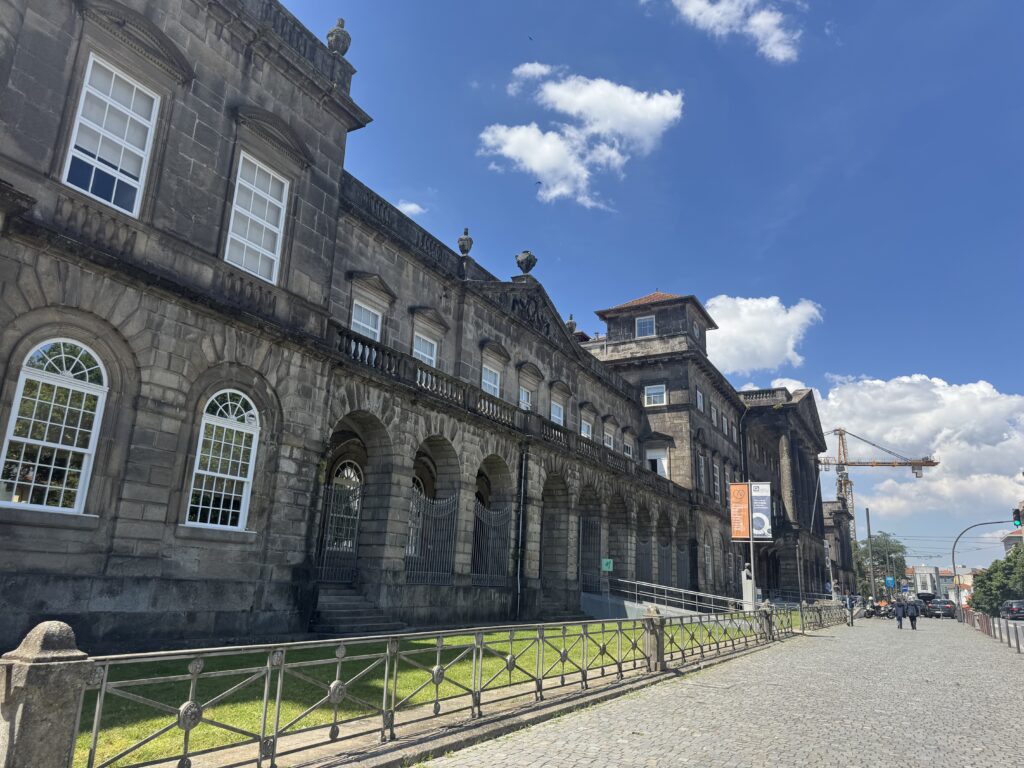
This hospital has 250 years of history, beginning in 1790, and in the beginning this hospital was used as an isolation hospital during the epidemic of tuberculosis, typhus and smallpox. The Hospital is designed by John Carr in the Palladian style, who also designed the Crescent in England, It is one of two main hospitals in Porto, the building shows Portugal’s strong relationship with the English. The construction took over 50 long years because it was discovered that the building was partly on marshy ground which made building the foundations difficult. I visited the historic pharmacy museum where the hospital used to dispense and manufacture its own medicines. (citation: https://www.atlasobscura.com/…/museum-of-the-central…) At this museum you can learn about the history, pharmacology and sterilization techniques that were used at the Hospital.
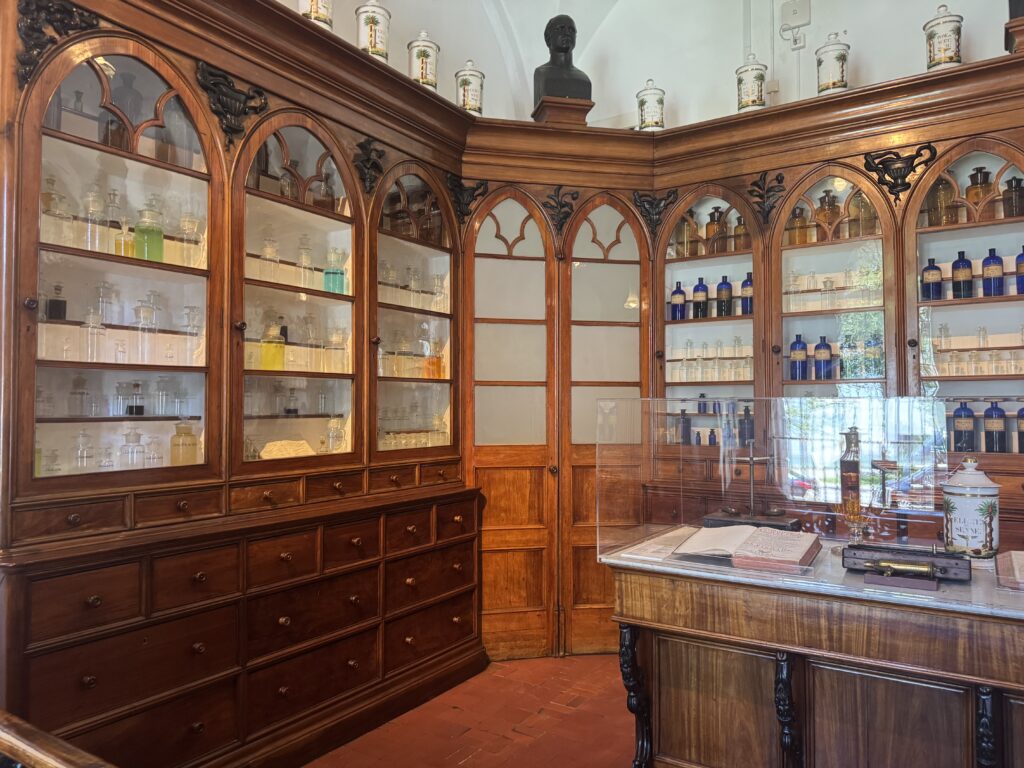
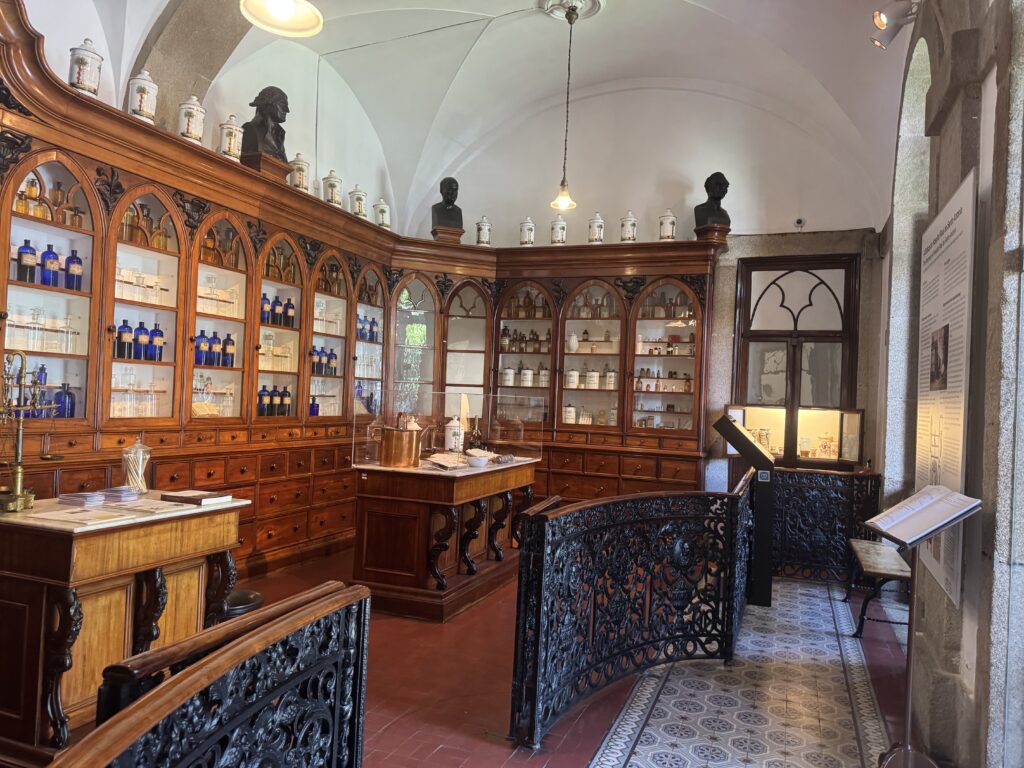
The care of the historic preservation of this Hospital speaks volumes about how committed Porto has been to it’s heritage, while also preserving a famous neoclassical building and all the while providing modern healthcare within its halls. (citation: https://www.myhospitalnow.com/…/hospital-santo-ant%C3…) This site is recognized as a National Monument since 1910., and remains today one of the most important architectural landmarks in Porto.
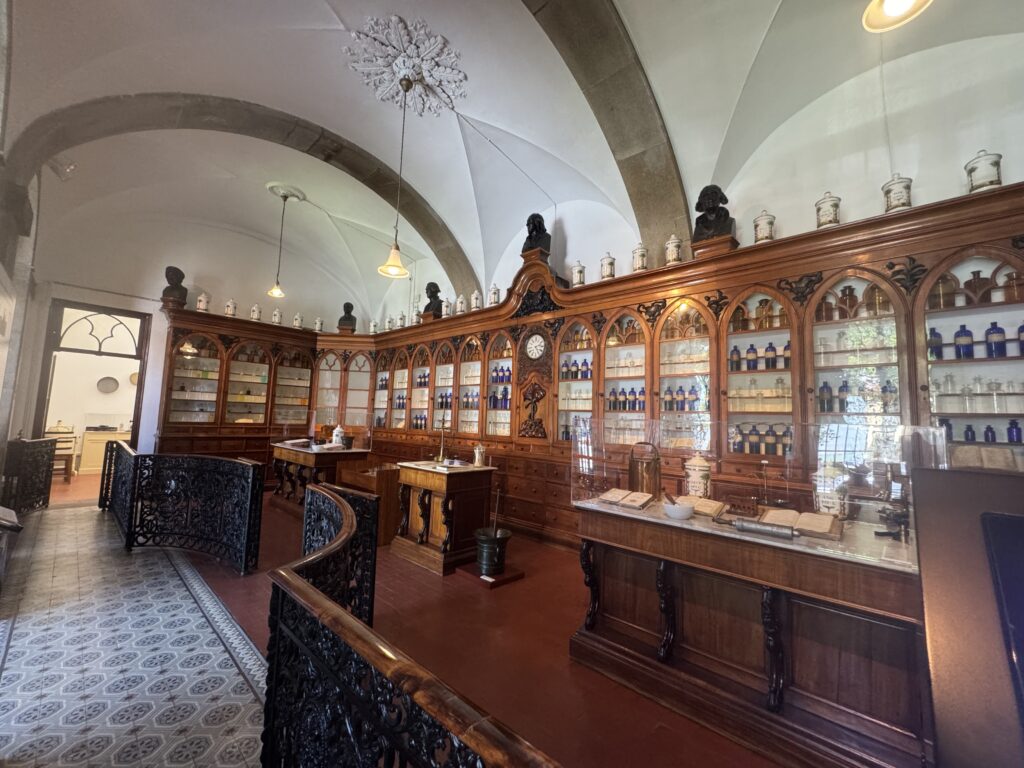

Today the hospital is part of CHUP which is Centrol Hospitalar Universitario do Porto. They provide specialized medical care, with departments in oncology and it also serves as a center for transplantation. Within its walls, many students receive medical education, training and perform research. Today is attached at the rear to a more modern facility which enables the hospital to integrate advanced technology like AI and robotics in surgery to strengthen care received at the Hospital to ultimately improve patient outcomes. The Hospital has thrived on its operations being based on public service and continuous demand, and not-for-profit which allows it to keep open even if it doesn’t produce revenue from patient care.
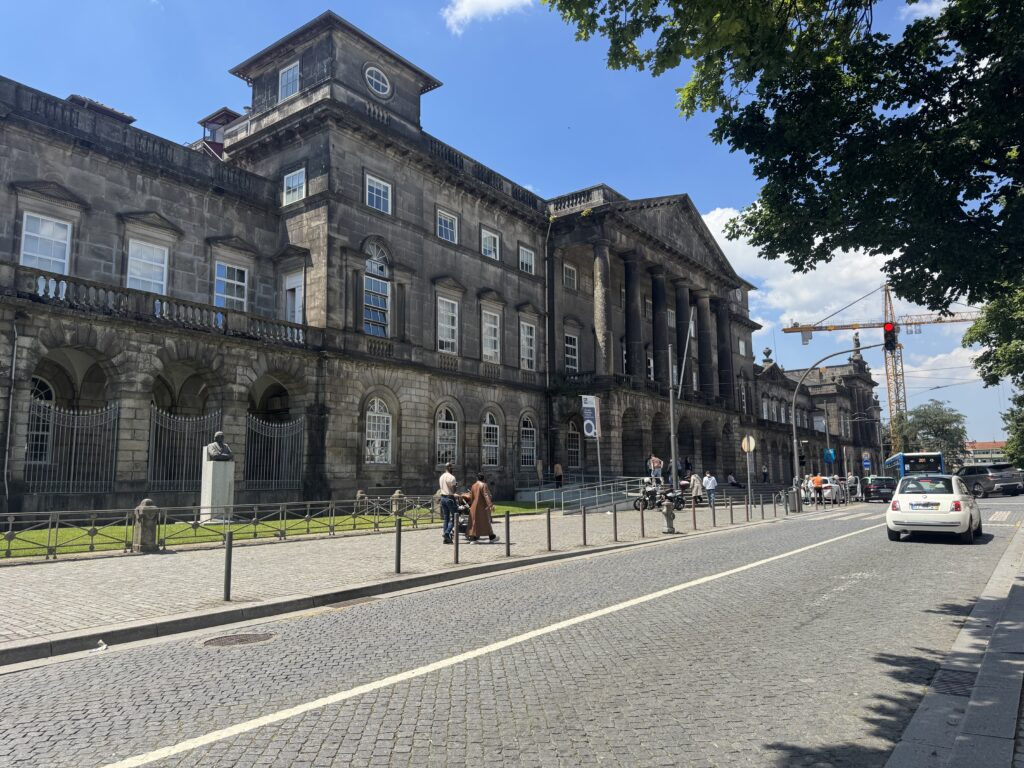
Sidenote: This is sadly my last site to document during my wonderful travels. I will continue to write a summary of both trips and conclusions from the trip, but this was the last site I visited in Portugal (my last country visited as well) for the scholarship.